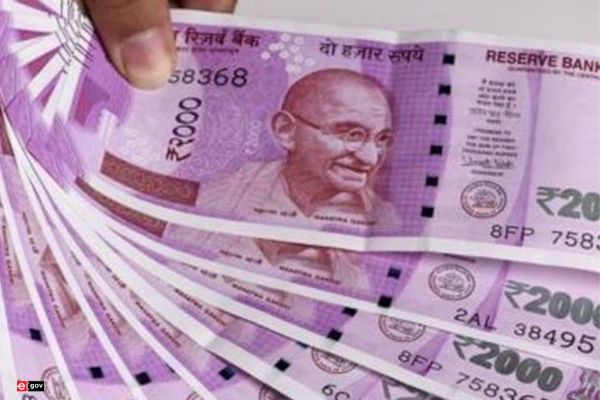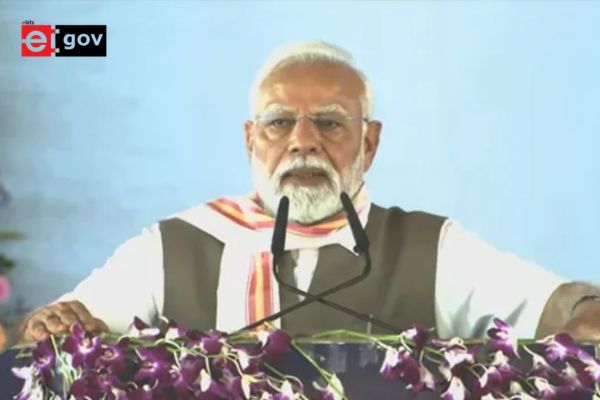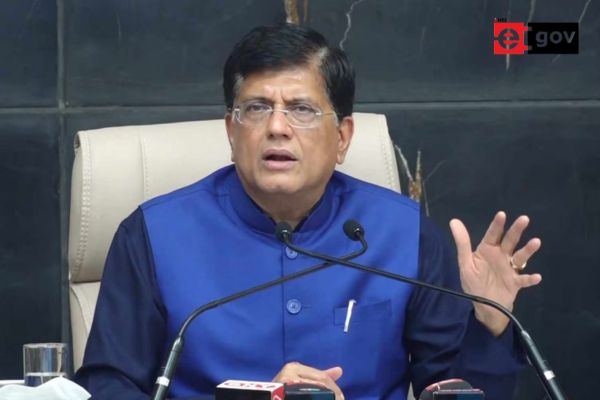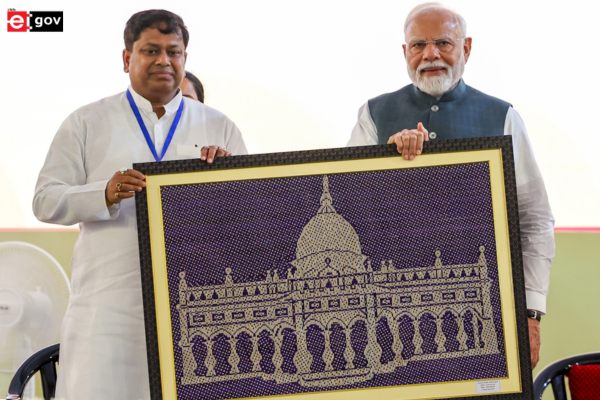
The Reserve Bank of India (RBI) announced on Friday that it will discontinue the Rs 2,000 denomination banknote from circulation, but it will remain as legal tender.
To minimise inconvenience to the public, banks will exchange Rs 2,000 banknotes up to a limit of Rs 20,000 (10 notes per account holder) at a time, allowing individuals to deposit or exchange the notes.

The deposit and/or exchange facility for Rs 2,000 banknotes will be provided by banks until September 30, 2023.

In a statement, the RBI explained that the Rs 2,000 banknote was initially introduced in November 2016 to quickly meet the currency needs of the economy after the withdrawal of all 500 and 1,000 banknotes as legal tender.

Individuals can deposit Rs 2,000 banknotes into their bank accounts or exchange them for banknotes of other denominations at any bank branch. There are no restrictions on depositing banknotes into accounts, subject to existing instructions and statutory provisions.

To ensure smooth operations at bank branches and prevent disruptions, individuals can exchange Rs 2,000 banknotes for other denomination notes up to a limit of Rs 20,000 at a time, starting from May 23, 2023. This facility will be available at all banks.
The RBI aims to carry out this process within a specific timeframe and allow sufficient time for the public. Therefore, all banks are required to provide deposit and/or exchange services for Rs 2,000 banknotes until September 30, 2023.
The exchange facility for Rs 2,000 banknotes, up to the limit of Rs 20,000 at a time, will also be available at the 19 Regional Offices (ROs) of RBI that have Issue Departments, starting from May 23.
This move by the RBI is expected to marginally improve the deposit accretion of banks and alleviate pressure on deposit rate hikes. It may also lead to a moderation in short-term interest rates.
Industry experts believe that the withdrawal of Rs 2,000 banknotes will contribute to prudent currency management and enhance banking and financial discipline. It will further reduce the use of cash in high-value real estate transactions and increase transparency in the real estate market.
The Rs 2,000 denomination banknote was introduced in November 2016 to meet the currency requirements following the demonetization of Rs 500 and Rs 1,000 banknotes.
Once an adequate quantity of banknotes in other denominations became available, the objective of introducing Rs 2,000 banknotes was fulfilled. Printing of these banknotes ceased in 2018-19.
The RBI noted that 89% of the Rs 2,000 banknotes issued before March 2017 have reached the end of their life cycle.
The total value of these banknotes in circulation has declined from its peak of Rs 6.73 lakh crore on March 31, 2018 (accounting for 37.3% of total notes in circulation) to Rs 3.62 lakh crore, representing only 10.8% of total notes in circulation as of March 31.
The RBI observed that the Rs 2,000 denomination is not commonly used for transactions, and there is an adequate stock of banknotes in other denominations to meet the public’s currency requirements.
Be a part of Elets Collaborative Initiatives. Join Us for Upcoming Events and explore business opportunities. Like us on Facebook , connect with us on LinkedIn and follow us on Twitter, Instagram.
"Exciting news! Elets technomedia is now on WhatsApp Channels Subscribe today by clicking the link and stay updated with the latest insights!" Click here!












